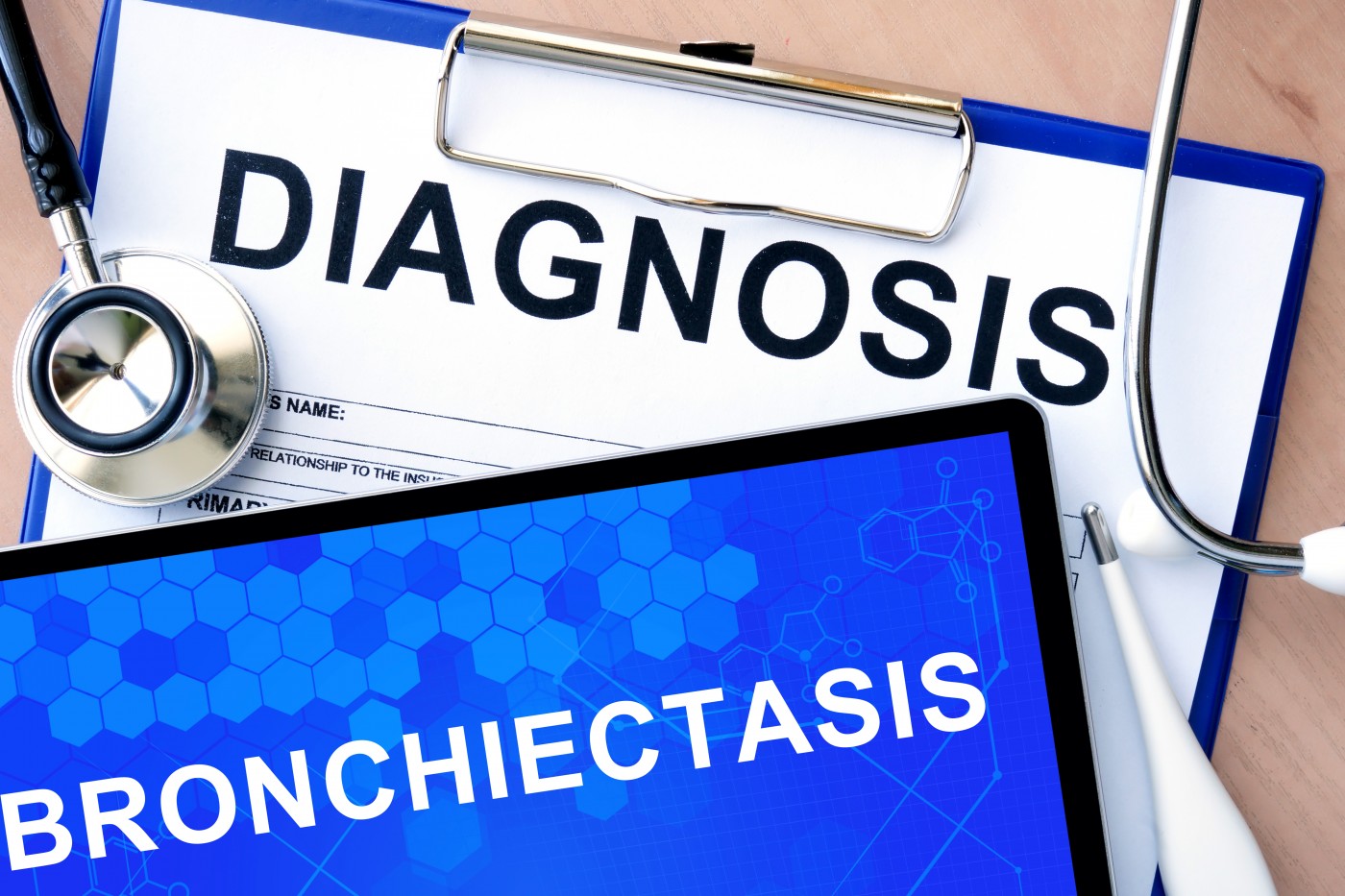Newly Diagnosed? 4 Things You Should Know

If you’re anything like me, your ankylosing spondylitis (AS) diagnosis may not have been the easiest thing in the world to reconcile. Being diagnosed with a lifelong, degenerative, chronic illness can be a wake-up call unlike any other. Feelings of depression, powerlessness, confusion, and denial can surge through you, making you feel alone on a journey that will change your life forever.
If you’ve been newly diagnosed, there are a few things you should know right away. These may help you find your way through the confusion and the emotionality. Remember that it’s totally normal to need support and that it is out there for you.
1. Your emotional responses to your diagnosis are totally valid.
When I was diagnosed, the rheumatologist I had at the time simply said, “You’ll have this disease forever, and you’ll take medication, but there won’t be a cure.” He scheduled me in for a training session during which I’d learn to inject my medicine, and then sent me out the door — like it was no biggie at all. There I was, face to face with a truth I’d suspected (my dad had AS and I’d struggled with pain and uveitis for years) but just had found out officially.
During that time, I cycled through a range of emotions — much like what one feels during grief. I was in absolute denial that I needed medication, firstly. Then, I was depressed (this lasted a few months), and then, I was simply overly emotional. I felt my life had somehow become limited. I felt like I was waiting out my own ending. About six months later, through talking to others, I found clarity, acceptance — and surprisingly — empowerment. I decided that I wasn’t bad, I was different, and that my experience with AS was a point of pride. I would work harder, take more time for myself, and start treating my body as a temple.
If you feel sad, angry, lost, confused, or in denial, you’re not alone. Everyone I have spoken with felt much the same. In time, they found a way to accept it and to turn the pain into personal strength.
2. Use the internet to your advantage. (But don’t use it too much!)
One of the things I found helpful was joining ankylosing spondylitis groups on Facebook. Some of my favorites include this one, this one, and this one (for women). You can also search locally for people near you who have AS. I attend a monthly meetup in New York, and it’s been tantamount to improving my mental health as it regards to my having AS. I encourage you to ask questions in the group, seek comfort, and find inspiration in others’ stories of remission, mobility, and strength.
My only two suggestions are that you work with your doctor to find what works for you. The groups are not composed of professionals (only patients), and what works for one person may not work for you. Also, don’t allow yourself to think that one person’s suffering, progression, or pain will be the same for you. There will be positive and negative posts in these groups. Be sure to understand that each is unique to the person posting.
Also, do not use the internet to self-diagnose. See a doctor!
3. Keep moving and keep stretching — as much and as often as you can.
Many autoimmune disease symptoms benefit from bed rest and relaxation. AS is very different. According to the Mayo Clinic, medication is only one form of treatment. Staying active and retaining a range of motion is key. It can help prevent pain and reduce it during and outside of flare-ups. (When I stretch in the morning, afternoon, and night, I notice I feel best.)
Your mobility may be different from mine. If you can take a walk, do it. If you can exercise, do it. If you can stretch, do it. Whatever you can achieve, aim to do this daily. Take breaks from sitting for long stretches of time, and maintain excellent posture. Remember, AS wants to fuse you — and you can fight that!
4. Not everyone will understand your perspective.
This is the hardest thing to realize; there are still lots of people who don’t understand chronic illness — especially “invisible” illnesses. AS can often hide within us; we may look normal but we might be in debilitating pain. Our society isn’t always very supportive toward those with invisible disabilities, so it is important that you balance advocating for yourself with understanding that. When other people seem dismissive or reductive, that can hurt. That’s understandable. Show them what AS really is and explain why you need support.
This can be an uphill battle, and that’s why it is so important to find those people who can support you (like other AS patients). If people in your family need to understand AS better, give them resources, show them videos, and have them chat with your doctor. To that end, you don’t need to disclose anything that you don’t want to share.
You can read my last installment of “A Wellness Journey” below, and follow me on Instagram or Twitter @lisamariebasile.
***
Note: Ankylosing Spondylitis News is strictly a news and information website about the disease. It does not provide medical advice, diagnosis, or treatment. This content is not intended to be a substitute for professional medical advice, diagnosis, or treatment. Always seek the advice of your physician or other qualified health provider with any questions you may have regarding a medical condition. Never disregard professional medical advice or delay in seeking it because of something you have read on this website. The opinions expressed in this column are not those of Ankylosing Spondylitis News, or its parent company, Bionews Services, and are intended to spark discussion about issues pertaining to ankylosing spondylitis.







Leave a comment
Fill in the required fields to post. Your email address will not be published.